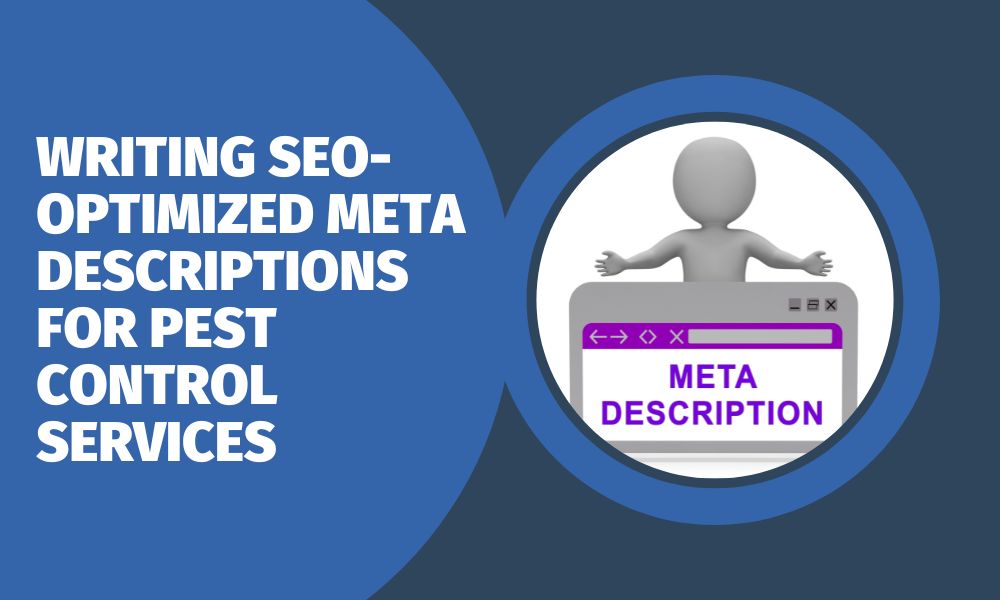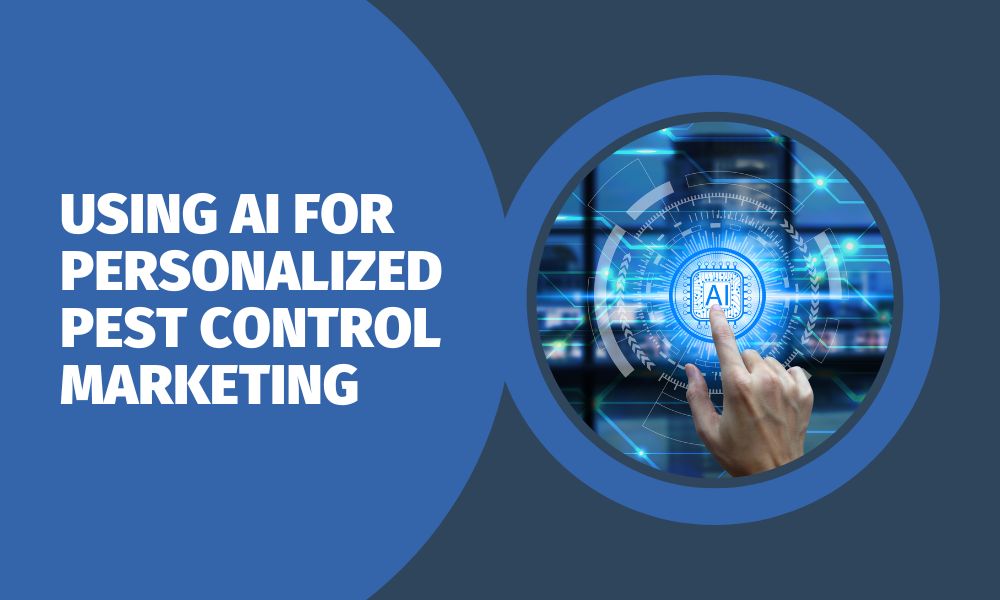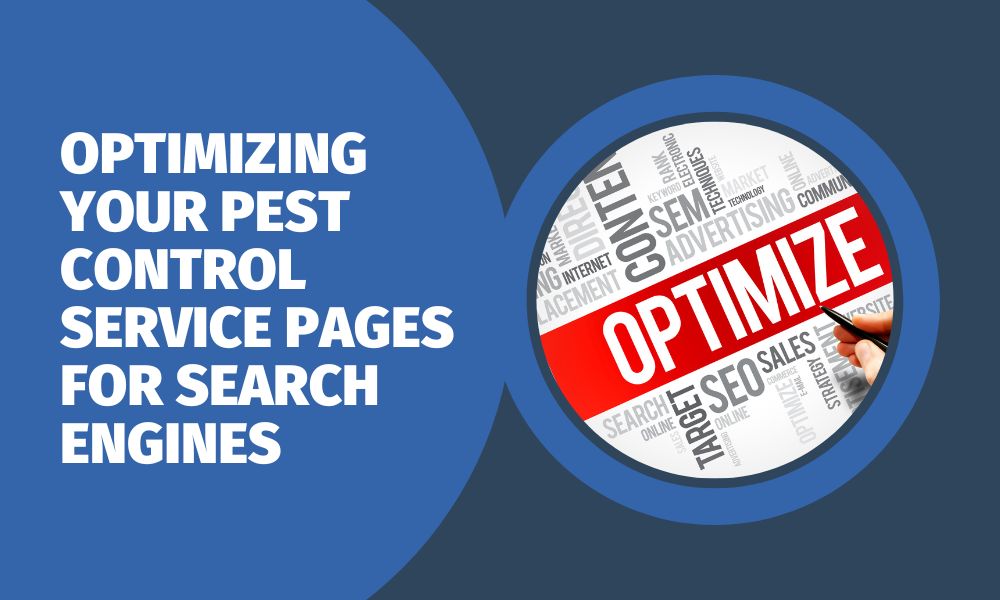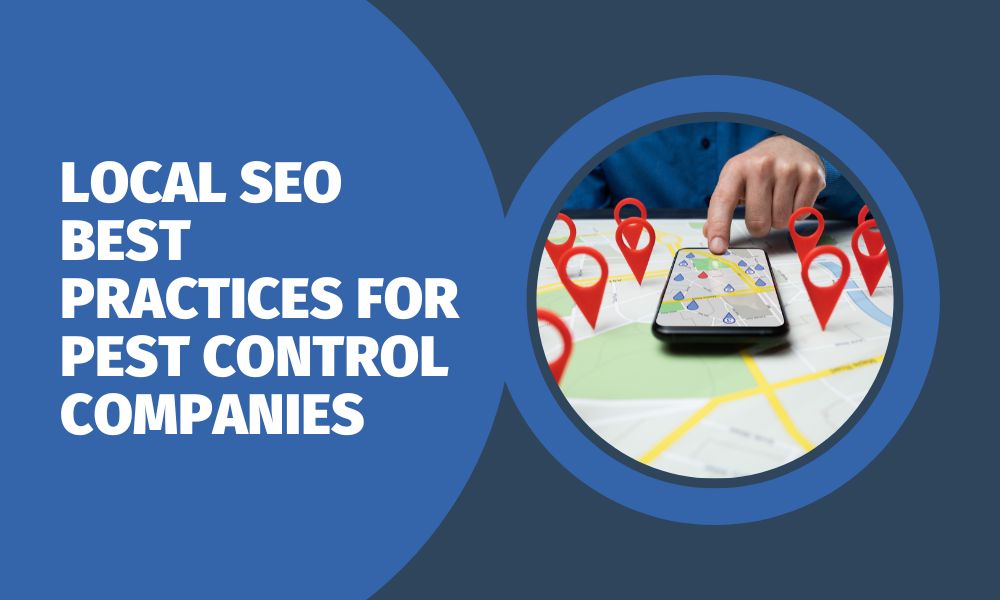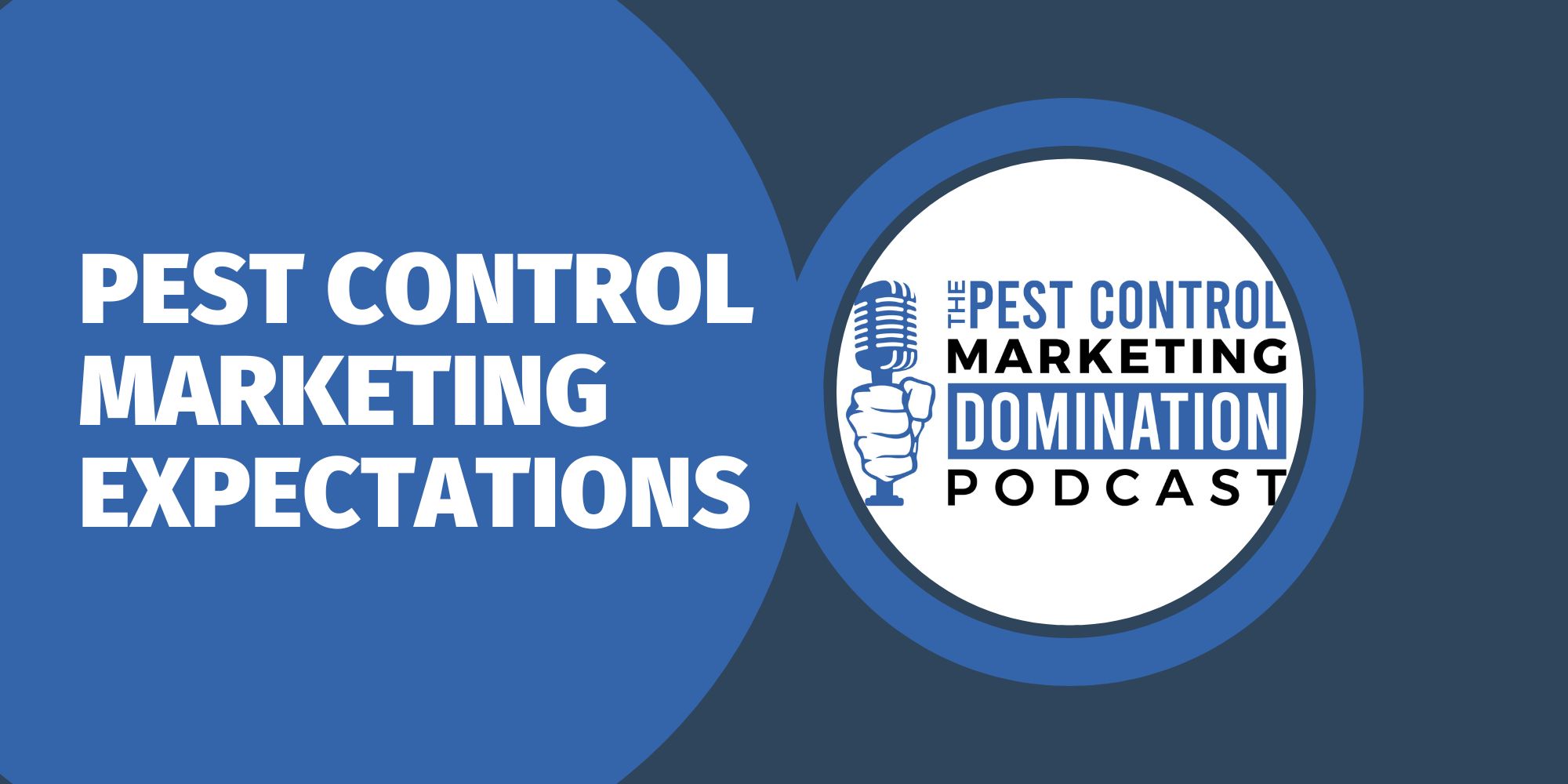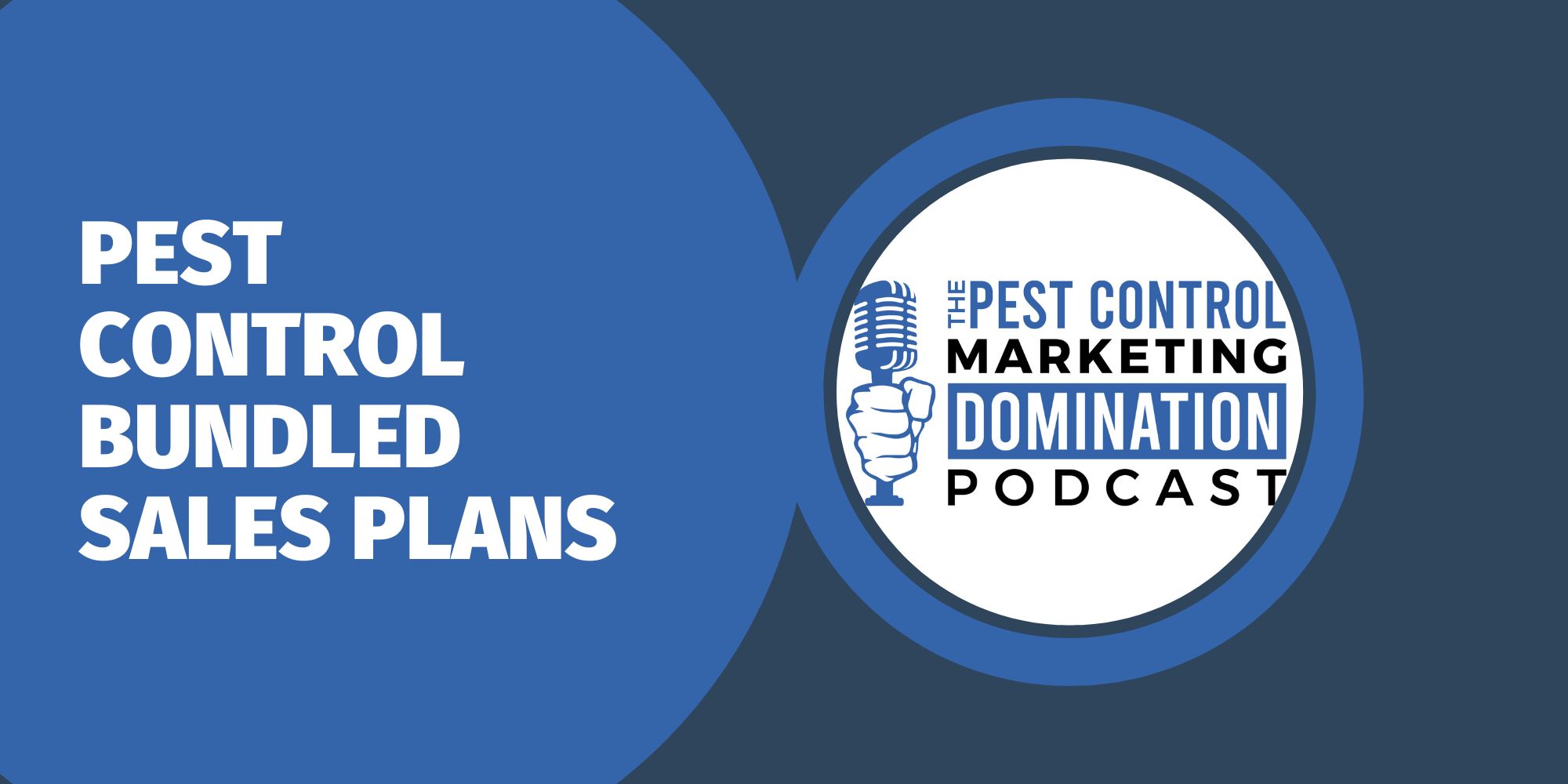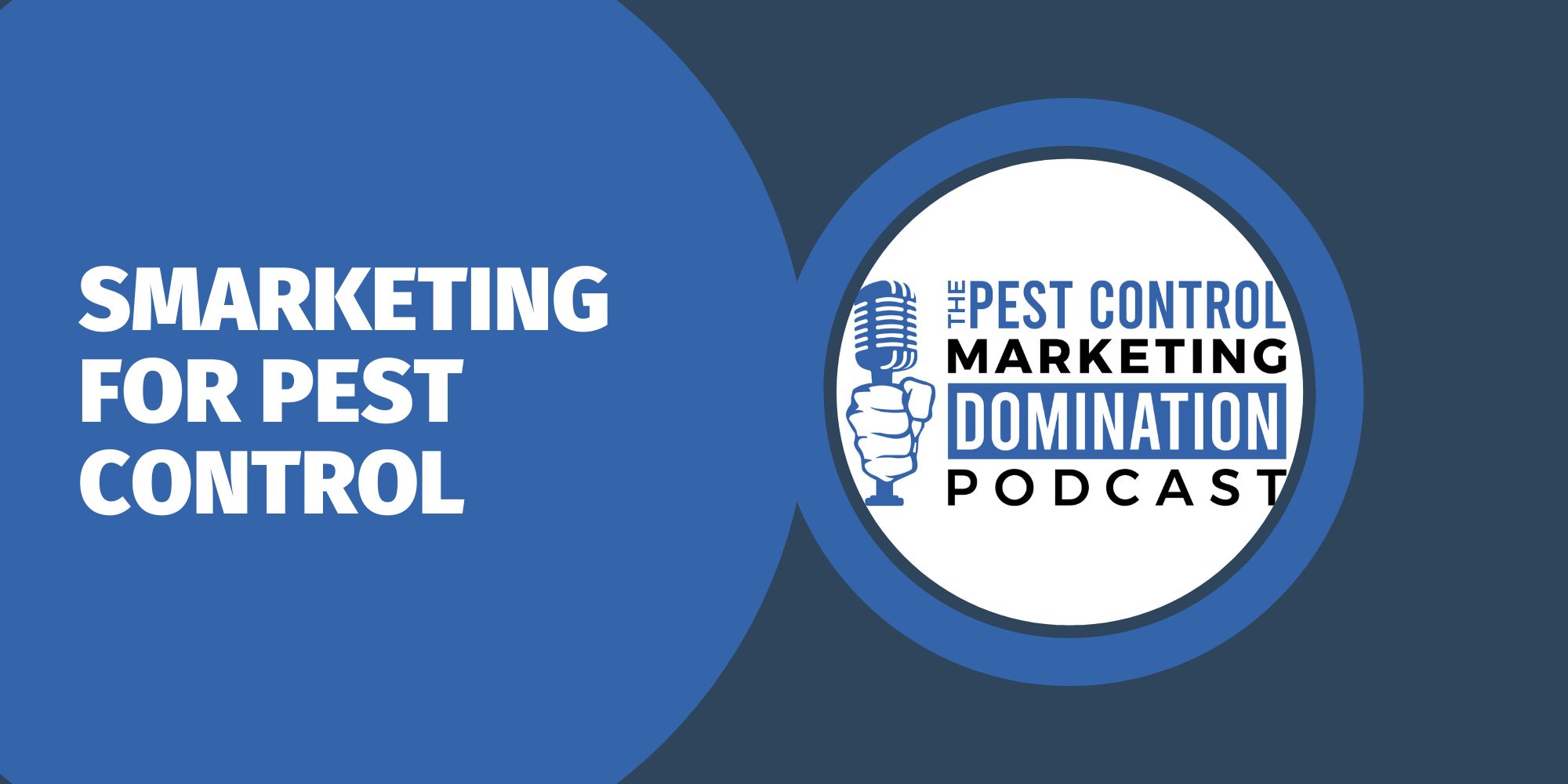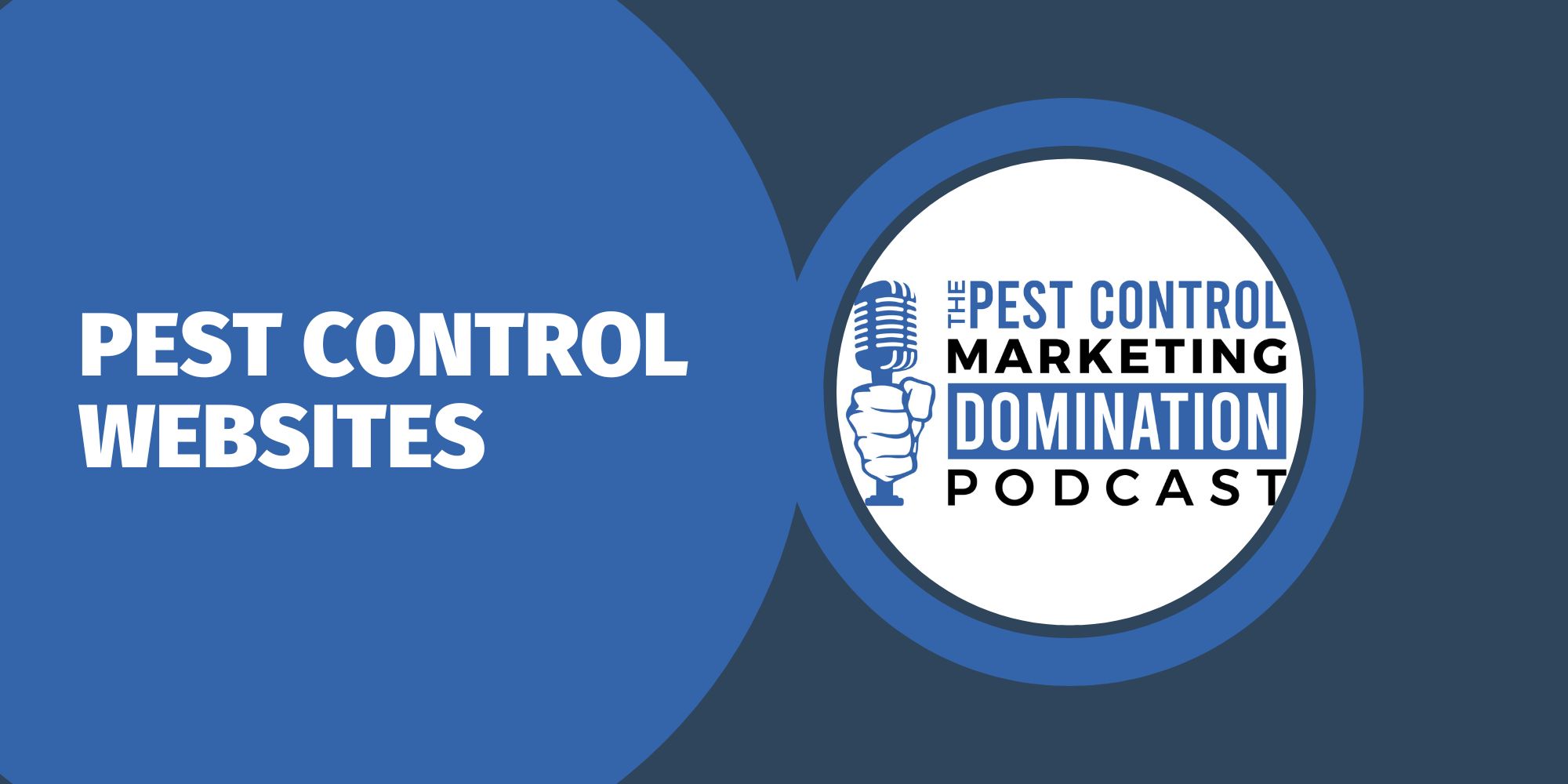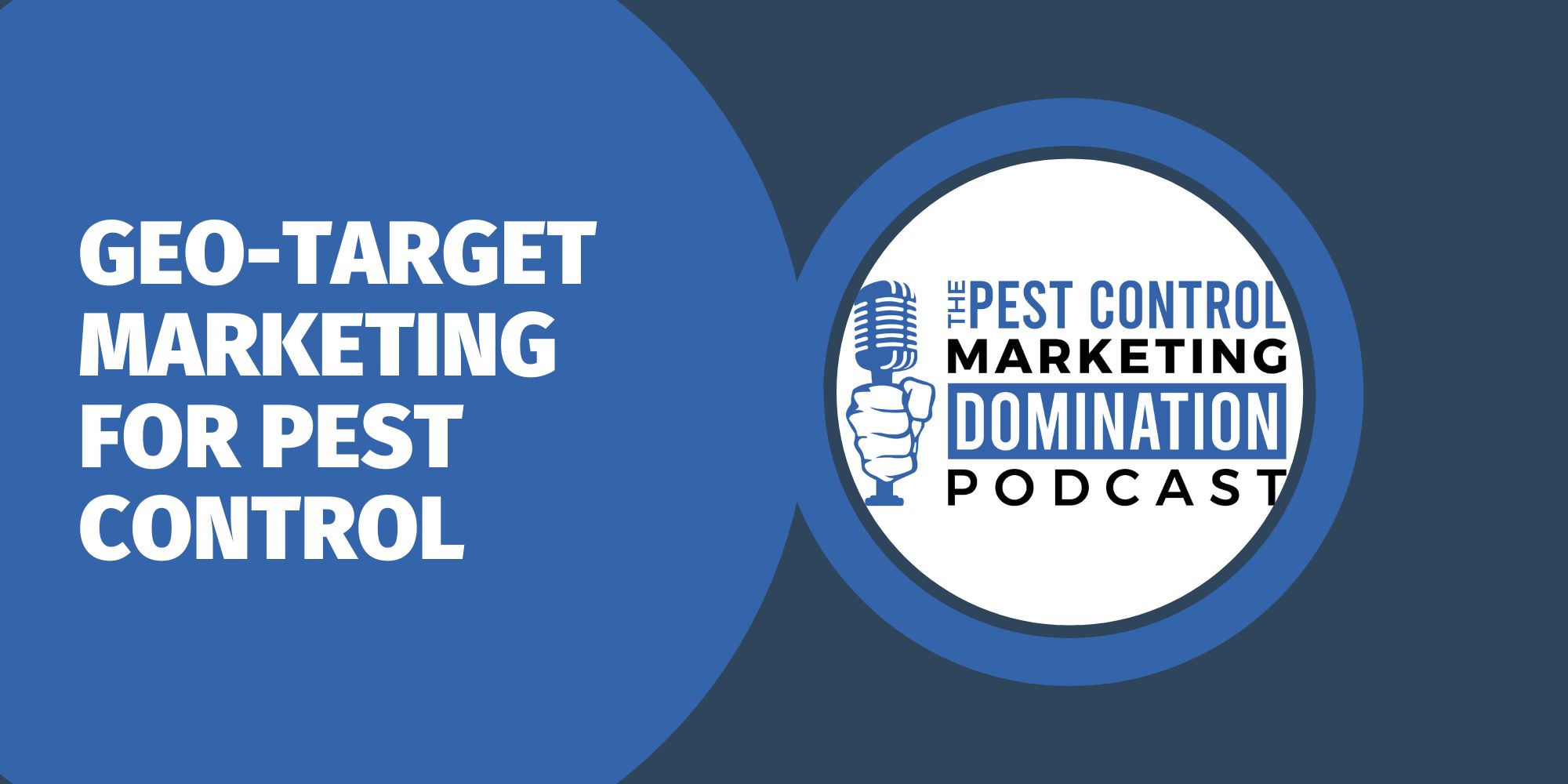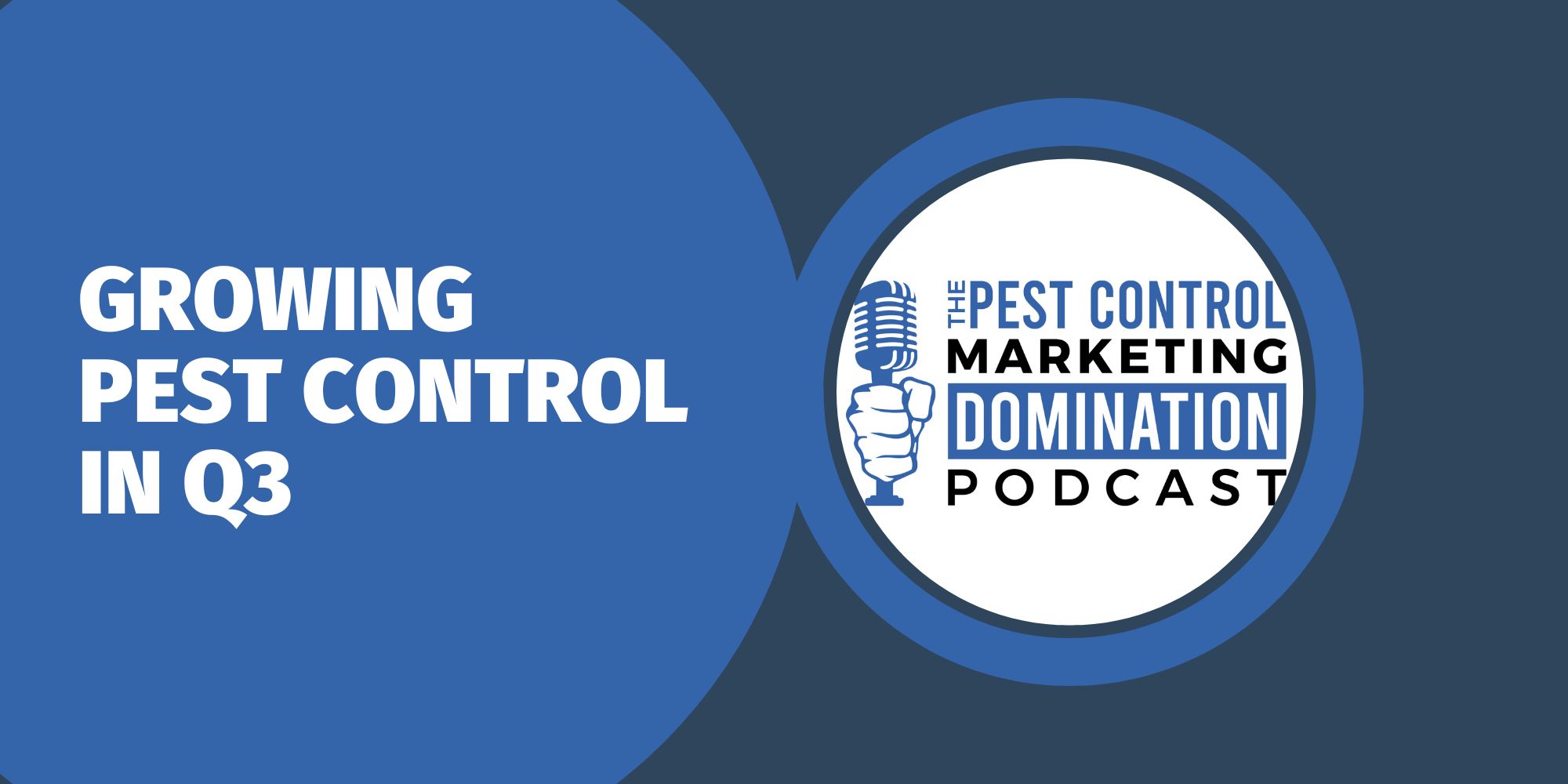In today’s digital age, having a strong online presence is crucial for the growth and success of any business, including pest control companies. Search Engine Optimization (SEO) is a powerful tool that can significantly impact your pest control business’s online visibility, attract more customers, and increase sales. SEO, in essence, is the process of optimizing your website and online content to rank higher in search engine results. For pest control businesses, this means targeting keywords and phrases that potential customers are likely to use when searching for pest control services in your service area. The goal is to appear prominently on search engine results pages (SERPs) to increase organic traffic to your website.
While SEO can be confusing to people who aren’t tech-savvy, there are lots of simple ways to enhance your ability to rank higher in search engines and get organic traffic. Let’s explore effective SEO strategies specifically tailored to the pest control industry, enabling you to take your business to new heights.
1. Conduct Proper Keyword Research
When your customers look online for pest control services, they will likely turn to one of the popular search engines like Google. These search engines are designed to pair its users with the websites, content, and information that most closely matches what they are looking for.
For this reason, keyword research plays a pivotal role in SEO success. It’s important to leverage keyword research tools to identify relevant and high-converting keywords that align with your pest control services. By understanding what your potential customers are searching for, you can tailor your content to meet their needs effectively.
Local SEO is especially important for pest control companies targeting homeowners in specific geographic areas. By incorporating location-specific keywords, such as “pest control services in [your city],” you can improve your chances of ranking higher in local searches.
You’ll also want to use a combination of long and short-tail keywords. Short-tail keywords are single words or short phrases such as “pest control” or “termites”. While these short-tail keywords are used most frequently, there is a lot of competition for these keywords. Long-tail keywords, such as “termite fumigation in Tulsa”, will have less competition and rank higher.
2. Consider SEO Friendly Architecture for Your Website
Despite a ton of effort to select the right keywords and build lots of content, your website may struggle to rank well on search engines if you are using the wrong architecture. The problem is that many pest control companies treat their website as a simple brochure that provides basic information about the company, services offered, and contact information. Since a search engine is designed to match the most relevant information with the user’s search criteria, many pages end up being a catch-all for a wide variety of information resulting in poor rankings.
Instead, your goal is to carefully craft each page to focus on just one specific topic. For example, a search engine user who needs information about dealing with wasps will be paired with pages that address wasp issues rather than a page that contains information about a dozen different types of pests.
You may need to create a few different versions of specific pages to achieve these results. For example, if you are a pest control company in Southern California, you might have one page dedicated to flea mitigation in Orange County and one for flea mitigation in Los Angeles County. Both pages may be identical except for their location keywords, but that’s ok. For more information on building a SMART website, check out our guide here.
3. Implement Effective On and Off-Page SEO Strategies
To optimize your website content, you’ll need to focus on both your website itself and also how it interacts with other information across the internet. On-page SEO refers to components within your website, blog, or landing page that impact your search engine rankings. While off-page SEO helps to demonstrate your website is a well-trusted source of information.
On-Page SEO Strategies:
- Create Valuable Content – The most important part of on-page SEO is developing high-quality and informative content on your website that addresses common pest control concerns, share prevention tips, and offer expert advice. Content that provides value to your customers will not only attract more visitors but also establish your business as an authority in your field.
- Optimize Meta Tags – Meta tags are hidden within the code of your website and helps search engines better understand what your website is about. Crafting compelling title tags and meta descriptions that include your primary keywords and accurately describe your services are crucial for attracting clicks from search engine users.
- Proper Heading Structure – Organizing your content with headings and subheadings enhances readability for users and also helps search engines understand the hierarchy and relevance of your content.
- Optimize Images – Compressing and optimizing images on your website improves site loading speeds while leveraging descriptive alt text for images to help search engines understand the visual content.
Off-Page SEO Strategies:
- Use Local SEO Tactics – Claiming and optimizing your Google My Business (GMB) listing and ensuring that your NAP (Name, Address, Phone number) information is consistent across all online platforms can help improve your search engine rankings.
- Build High-Quality Backlinks – Earning backlinks from reputable websites and local directories can boost credibility. Quality backlinks act as a vote of confidence for search engines, improving your website’s authority and search rankings.
4. Enhancing User Experience and Local Reputation
User experience can also play a critical role in helping your content and website rank highly on search engines like Google. Start by making sure your website is user friendly. Since most people use their mobile devices when looking for content on the internet, Google prioritizes websites that have a mobile option. Fortunately, most website builders today will seamlessly convert your website into a mobile-friendly interface. Website speed can also factor into your rankings since slow loading speeds can cause a higher bounce rate as users get frustrated and move onto other websites that load faster.
Probably the most significant factor that connects customer interaction with SEO rankings is online reviews and testimonials from satisfied customers. Google will prioritize businesses that have a well established reputation for delivering outstanding services and performance. To increase your online reviews and ratings, you can encourage your existing customers to share their experience on popular websites like Google and Yelp.
Finally, it’s important to make sure your content is easily shareable. If a customer finds your recent blog post on pet friendly ant mitigation helpful, they may want to share it with their friends on social media which can increase your visibility and exposure.
5. Analyze Your SEO Performance and Adjust Your Strategy
Building strong SEO performance requires dedication and patience. It’s unlikely that you will get it perfect the first time. To make matters more complicated, Google’s algorithm is constantly changing. To succeed at the SEO game, pest control businesses need to carefully monitor their performance and adjust their strategy to improve their results over time.
The good news is that there are many tools like Google Analytics and Google Search Console that website owners can use to monitor website traffic, user behavior, and keyword performance. Analyzing data provides insights into what’s working and what requires improvement. To use these tools correctly, it’s important to understand which metrics are the most important including organic traffic, bounce rate, time on page, and conversion rates. Analyzing trends in these metrics can help you make data-driven decisions to optimize your SEO strategy.
While SEO is the go-to method for attracting traffic to your website, it doesn’t have to stand alone. Integrating strong SEO tactics with other digital marketing tools such as social media, content marketing, and email marketing can amplify your impact and enhance your overall online presence.
Eliminate the Confusion Around SEO
Understanding and implementing SEO strategies can feel overwhelming. There are numerous components that play into your overall search engine rankings. Unfortunately, simple mistakes or errors might not be easy to spot. At Rhino Pest Control Marketing, our team of SEO experts will carefully analyze your website and search engine rankings to provide you with actionable steps to improving your web presence today. Our goal is to take the confusion and guesswork out of SEO and let you get back to doing what you do best – running a successful and profitable pest control business. Contact us today to see how we can help!










